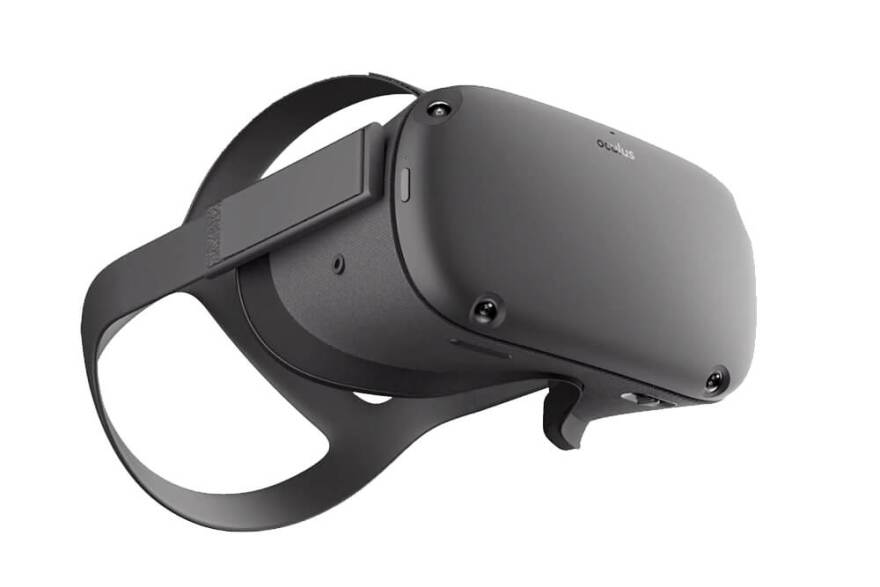Consumer-grade Virtual Reality headsets have come a long way in a relatively short amount of time. The first model of the popular Oculus Rift headset was released in 2013. It was relatively primitive compared to today’s headsets, but it was many times cheaper than other head-mounted displays at the time. There have been several other headsets released between then and now, including models by Valve and HP. But aside from some cheap adapters that did little more than strap your phone to your face, the common element among headsets has been the requirement to connect them to an expensive console or gaming computer with a long cable.
Then, last year, Oculus released the Quest headset - a completely wireless, self-contained VR system. And compared to earlier headsets, I can’t imagine ever going back to a tethered setup.
The Quest straps to your face easily, and uses four cameras on its front to track you around your environment. When you play for the first time in a room, it will prompt you to use the controller to draw a border around the safe play space, and then afterwards warn you if you get near to crossing that boundary.
You can buy and download games directly in the headset, and although the graphics aren’t as good as what you’d get from PC Virtual Reality games, the freedom of not having a cable is worth the sacrifice in fidelity. And, with some recent updates, if you have a PC capable of VR games, and a good wireless router, you can even wirelessly play VR games from your computer.
The Oculus Quest is the first Virtual Reality headset that I really think is worth buying. It’s easy to use, powerful enough to have good games, and, most importantly, doesn’t require its own dedicated room.


